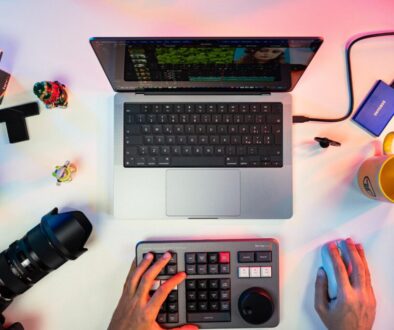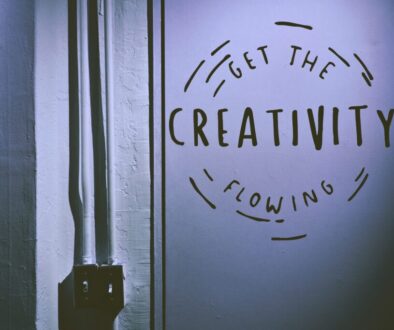How to engage deeper during your self-guided learning journey
As a changemaker, it’s important to continually be learning. Whether you’re working to improve your community or to make global changes, you need to have the latest information and skills to be effective. Learning also helps you to understand the issues you’re facing from different perspectives. It can be easy to get stuck in your own way of thinking, but by learning about new ideas and approaches, you can find more creative solutions to problems. Additionally, as the world around us changes, it’s important to keep up-to-date so that you can adapt your work accordingly. By continually learning, you can make sure that you’re always prepared to face new challenges.
The learning pyramid is a visual representation of how we learn. At the bottom of the pyramid are the activities that require the least amount of effort but also result in the least amount of learning. These activities include things like listening to a lecture or watching a video. As we move up the pyramid, the level of effort required increases, but so does the amount of learning. Activities like reading or writing require more effort than listening or watching, but they also result in greater understanding and retention. Ultimately, at the top of the pyramid are activities that require the most effort but also result in the most learning. These activities include things like practicing or teaching. In formal education, there is little flexibility to influence how learning materials are delivered, but one of the benefits of self-guided learning is that you can use the learning pyramid to your advantage; plus, self-guided learning has many additional benefits to us as changemakers.

Firstly, self-guided helps develop critical thinking skills. The ability to question assumptions, think creatively, and come up with new ideas is essential for anyone who wants to make positive change in the world. Second, self-guided learning allows changemakers to continue learning and growing even when formal educational opportunities are not available. When faced with a problem or challenge, self-guided learners are more likely to find innovative solutions. Finally, self-guided learning fosters independence and self-sufficiency. Change is never easy, but it is easier to achieve when you have the skills and confidence to chart your own course. For all these reasons, self-guided learning is an essential skill for anyone who wants to make a difference.
Making self guided learning fun can be a challenge, but it’s definitely possible! Start by finding a topic that you’re passionate about. Once you’ve found your subject, break it down into smaller chunks that you can learn bit by bit. Find different ways to approach the material – read books, watch videos, and talk to experts. And don’t forget to mix things up – make some flashcards, build a model, or create a project to really cement the knowledge. Finally, don’t be afraid to take some risks. Learning should be enjoyable, so experiment and find what works best for you. With a little effort, you can make self guided learning fun – and rewarding!
A learning buddy is a great way to improve your learning experience while making a new friend at the same time. A learning buddy can help you stay on track with your progress, review material, and provide motivation when you feel like giving up. In addition, a learning buddy can also be a lot of fun. You can share laughter and good times together as you work towards your common goal of learning something new. So if you’re looking for a way to boost your experience and make a new friend, consider getting a learning buddy.
Scrapbooking and journaling are two great ways to capture and document your learning experiences. Both activities can help you to organise and reflect on information, and they can also be a lot of fun. Scrapbooking is a great way to physically document your learning, by creating a visual record that you can look back on. Journaling, on the other hand, is a great way to write down your thoughts and observations. You can use journaling to track your progress, reflect on your successes and failures, and set goals for yourself. Both scrapbooking and journaling can be extremely beneficial for learners of all ages, so why not give them a try?









